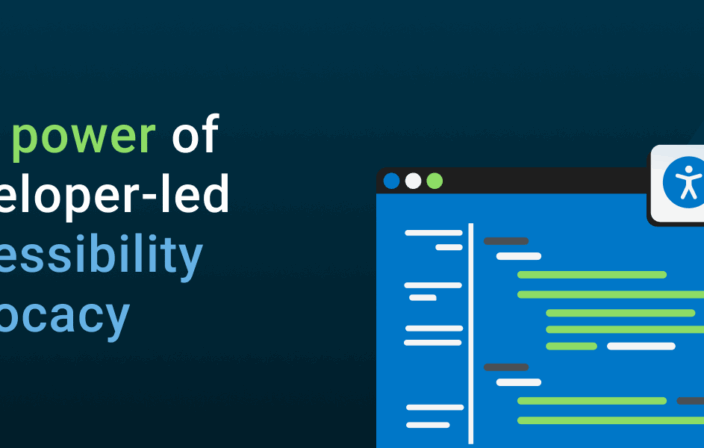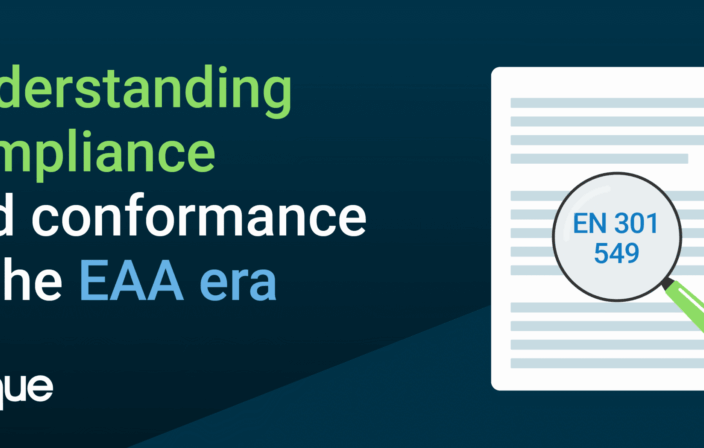
360 Degree Web Testing: Post 1 of 4
This past year, my family had the great experience of traveling to a resort in the Bahamas. It was the type of place that appears teasingly in commercials during cold midwestern winters. The ads show sun, surf, waterslides, endless buffets, and smiling staff.
We were lucky to go on the trip and had a great time at the resort, except for one thing…
My family has twins who, at the time, were two years old. Toddlers come with more gear than your average touring rock band, and the most important piece of gear when on the road with little ones is a stroller — a twin stroller in our case.
While the resort was lovely — with winding paths among palm trees, waterfalls, and ponds filled with tropical fish — I was almost driven insane (and straight to the chiropractor) by the inconsistent design of the property for physical accessibility.
The resort was not in the US, so the ADA did not require that the property be uniformly accessible. It was, instead, uniformly baffling:
- When going from a low place to a high place, sometimes there were ramps; other times there were only stairs, requiring us to unload the kids and carry the double stroller up the stairs. No problem if you have to do it one time. 50 times, it’s a problem.
- Some restaurants had accessible ways to navigate to tables, some didn’t. More hoisting.
- Some areas had lifts that would convey a stroller (or a wheelchair) up to the next level, and some did not.
There was really no rhyme or reason I could sense that guided the approach of the property to physical accessibility. All the lifting, carrying, and climbing made me thankful for the ADA in the United States. It’s a strong example of how physical accessibility laws benefit a wider community of people, not only people who are disabled.
The main problem with the resort was the lack of a consistent approach or methodology. The same is true when it comes to online accessibility testing: the process that an organization would undertake to evaluate how accessible their web sites and applications are. A comprehensive, thoughtful approach that maximizes the outcome makes all the difference.
This post kicks off a series on what we call “360 Degree” web testing, the approach that Deque advocates for obtaining the most detailed and accurate sense of a site’s accessibility.
The 360 Degree approach to a website that we will be discussing includes:
1) Using automated testing software to test a wide breadth of pages, perform thorough testing, and to test various user inputs.
2) Using manual testing for use cases and areas of the WCAG standard where having a human review and understand the context and nuance of particular issues is useful.
3) Ensuring that testing includes users with disabilities who actively use assistive technology.
Posts in this series will include:
- A piece on the strengths of automated testing.
- A piece on where manual testing is indispensable.
- A miniature case study that puts the entire 360 degree approach together in a story of how a customer used this approach to strengthen the level of accessibility their organization achieved.
Stay tuned for a series that we think will be informative and helpful. Best of all, we’ll do all the heavy lifting — no hoisting required from you!



